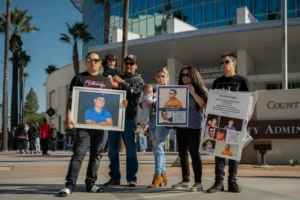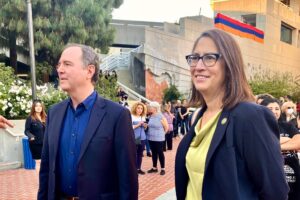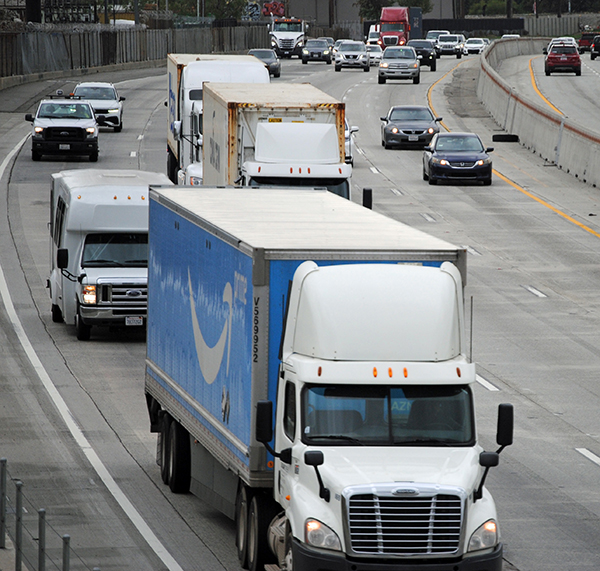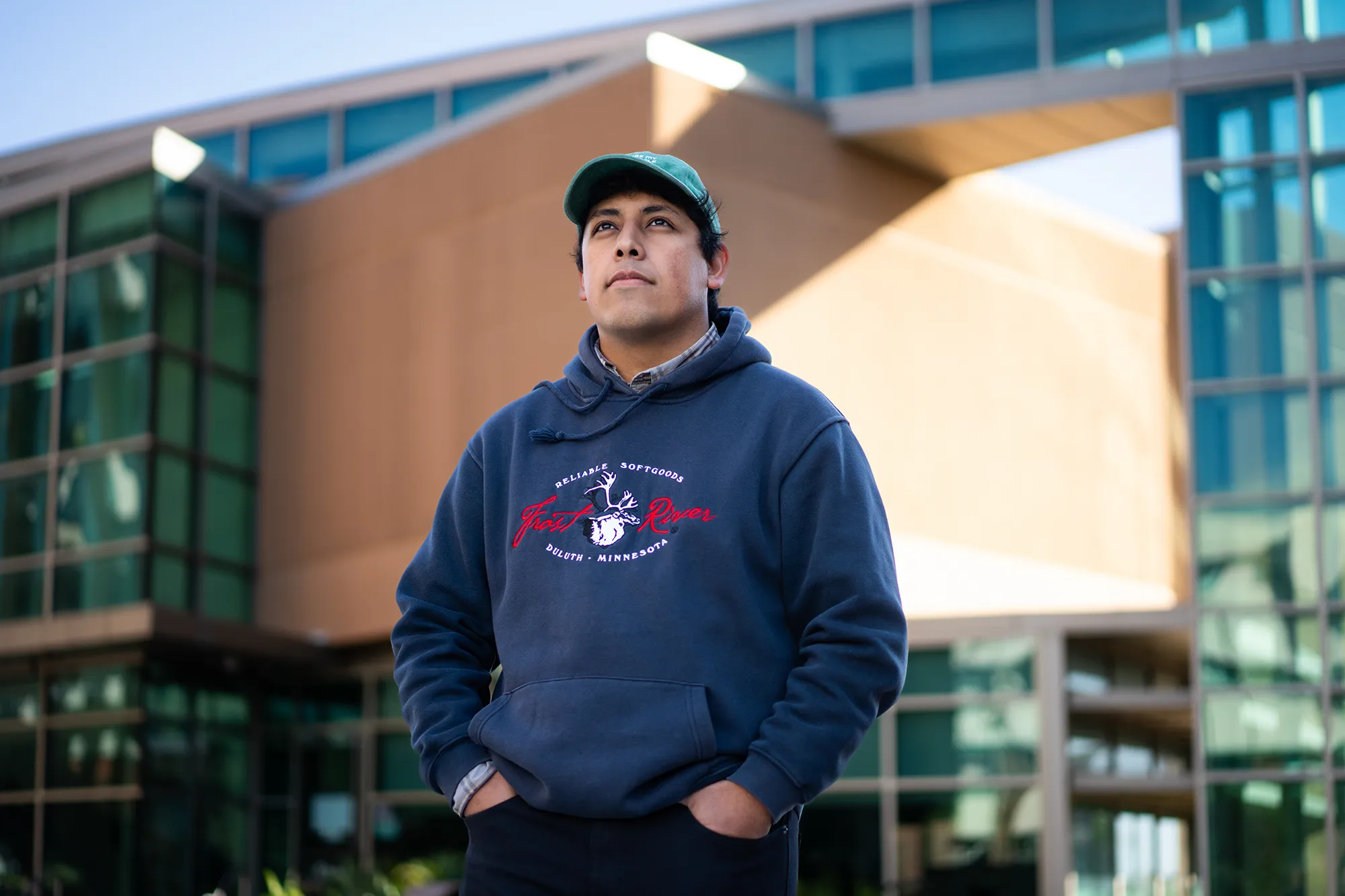By Alfredo Santana
Contributing Writer
LOS ANGELES — A divided task force voted to support a package of measures to evaluate about 200 projects seeking to make the final draft for funding aiming to improve air quality and the movement of people and goods along the Long Beach (710) Freeway corridor from Long Beach to East Los Angeles.
Representatives of environmental groups and air quality organizations opposed the criterion, arguing that not enough emphasis has been placed on programs to enhance health services and clinics, and to monitor asthma, cancer and cardiovascular disease cases.
The vote showed that only 21 of 37 task force members attended the second of two May meetings.
Of those, 13 members were in favor and 7 opposed a set of evaluation criteria to weigh in on a wide range of projects such as connecting bus and light-rail stops with street bike lanes, reducing diesel particles with zero-emission trucks and even erecting sound walls along the freeway.
The projects can run into several billions of dollars the Metropolitan Transportation Authority seeks to obtain. One member abstained.
The vote reflected the division between two groups within the task force with different priorities and interests along the 19-mile corridor.
Chris Chavez, deputy policy director with the Coalition for Clean Air, said the vote reflects a historic distrust of communities along the corridor on the Metropolitan Transportation Authority’s alleged commitment to deliver projects that improve the area’s health, environment and quality of life.
“I think there is a long-shared concern that despite health concerns nothing will happen,” said Chavez, who voted no. “More money on community projects [doesn’t mean] the MTA decisions ultimately measure the impact on health the I-710 has had through the years.”
The evaluation criteria will be used to measure projects from the perspective of benefits each would bring to the corridor’s neighborhoods, using categories such as air quality, health and community, mobility, safety, environment, opportunity and prosperity, and equity and sustainability.
In total, there would be 75 performance metrics for the seven projected categories.
Task force and community leadership committee members would be able to raise concerns on individual projects if potential for displacements exist, along with increased commute times, traffic diversion and shifting emissions, and congestions that endanger air quality, pedestrian and bike safety.
Both teams would be entitled to flag projects that may run counter to equity and other community considerations.
Laura Cortez, co-director at Commerce’s East Yard Communities for Environmental Justice, said she cannot support a series of metrics for programs still on paper claiming to improve the well-being of residents ailing with asthma, cancer and cardiovascular disease.
“How am I supposed to support a project if I don’t know the health impact it will have on my life, or community?” Cortez told the audience. “Equity is one of the things we are striving to keep in this phase. Equity is a theme word. It’s here a lot. Equity is about improving health, not about keeping the status quo.”
She raised concerns about noise pollution in all communities within the I-710 south corridor, and questioned the lack of programs and interest to deal with it as a standalone issue.
Last month Cortez, along with Fernando Gaytan from Earthjustice, Sylvia Betancourt from the Long Beach Alliance for Children with Asthma and attorney Natalia Ospina from the National Resources Defense Council, sent a letter to MTA officials warning the plan will not succeed unless health issues are addressed.
“The proposed project evaluation process has not yet directly incorporated health by establishing health criteria. [The MTA] should compile and effectively utilize existing health data to fully and accurately assess the potential positive and negative impacts from proposed projects,” the letter said.
Similar to last month’s community leadership committee meeting, a project team member tried to persuade task force members to focus on the criteria’s merits to no avail.
Meanwhile, most task force members who supported the evaluation metrics hail from government agencies, transportation groups, the ports of Long Beach and Los Angeles, and academic institutions with programs to study supply chains and transportation of goods.
Sharon Weissman, the president of the Long Beach Board of Harbor Commissioners, said she backed the evaluation criteria with the condition to keep discussions on new and proposed health programs open.
“I think the state mandate on new clean vehicle [sales for 2035] will help,” Weissman said.
Also, the Environmental Protection Agency approved the Advanced Clean Trucks rule in California that forces all medium and heavy-duty trucks to shift to zero emissions by 2045 in most areas.
Manufacturers of new semi tractors with zero emission technology must reach 40% of total sales by 2035, while smaller trucks should reach 55%, and class 4-8 trucks hit 75%.
Julie Rush, an infrastructure consultant with AECOM, said the viability of projects would be harnessed in relation to their chances to get funds.
Michael Cano, the MTA’s executive officer for federal and state policy and programming, said the agency has a long way to make up for past miscues and “a baggage” of errors that harmed communities along the corridor.
“We understand that concern,” Cano said. “We are transparently committed to move this thing forward. We don’t have all the answers and there are a lot of caveats. Let us move so we can work together. How we get there is important.”
At the meeting’s outset, Cano cited the initial $50 million streamlined to encourage truck owners switch diesel units for zero emission trucks as a measure that speaks of a true commitment to get rid of tailpipe pollutants.
Cano invited the dissenting members to carry on with the challenges still ahead.
“So I hope that you and we stick together,” Cano said before wrapping up the meeting.











